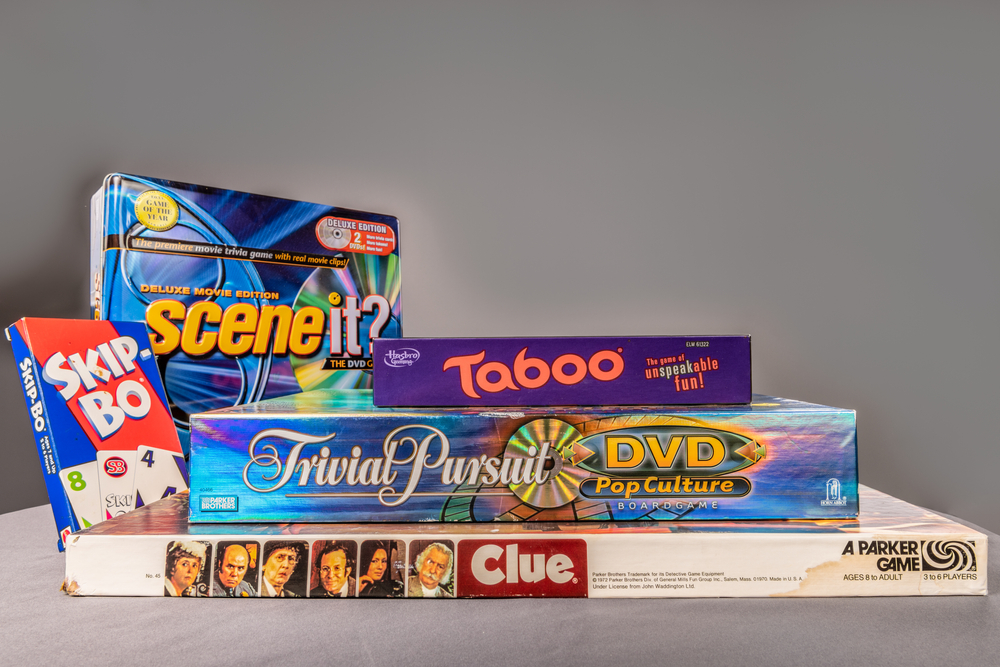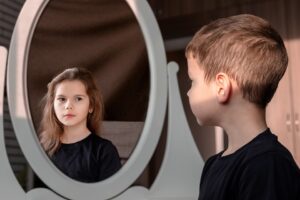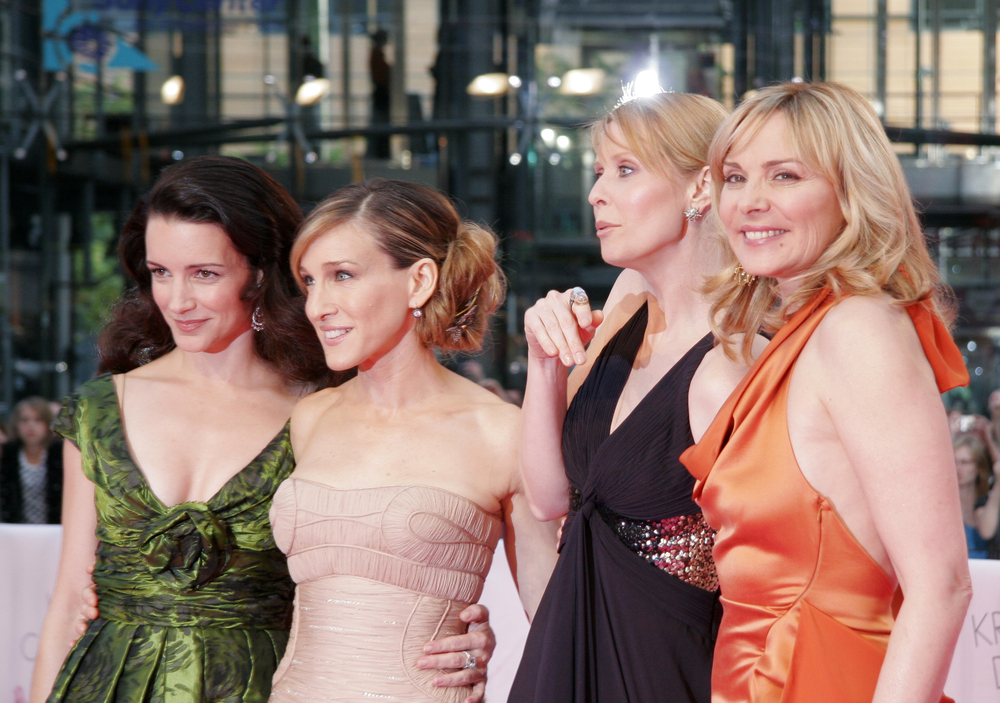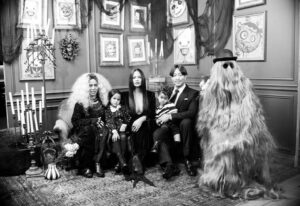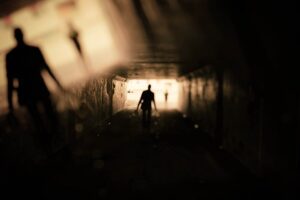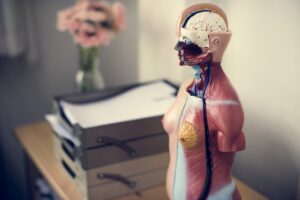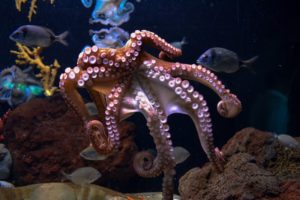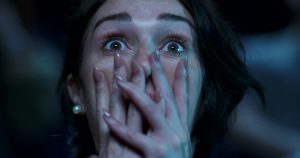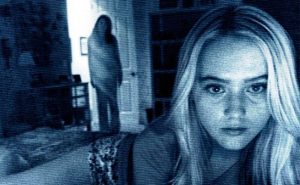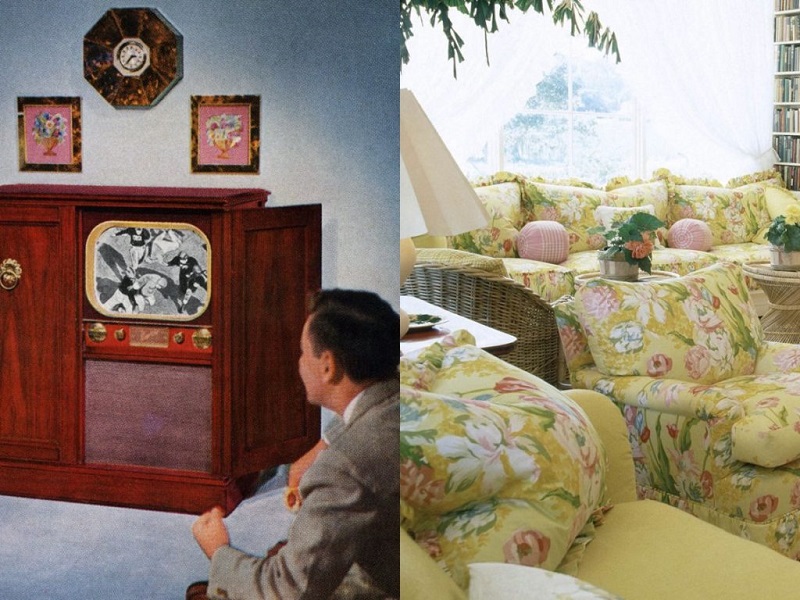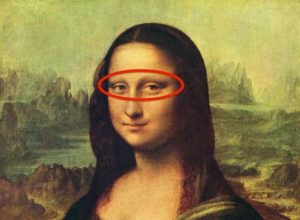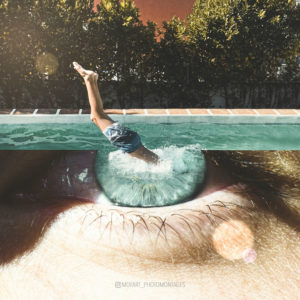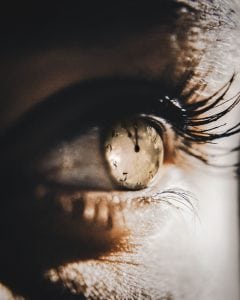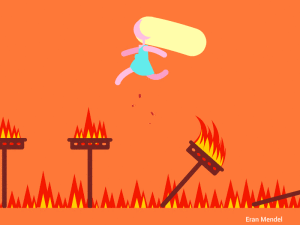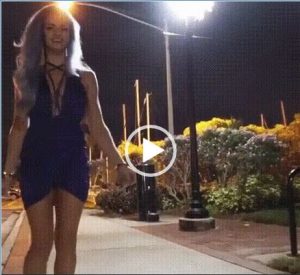 Say goodbye to your reading glasses. Researchers at Japan’s RIKEN Centre for Developmental Biology have restored vision in mice with end-stage retinal degeneration – the leading cause of irreversible vision loss and blindness in elderly humans – by transplanting retinal tissue grown using stem cells.
Say goodbye to your reading glasses. Researchers at Japan’s RIKEN Centre for Developmental Biology have restored vision in mice with end-stage retinal degeneration – the leading cause of irreversible vision loss and blindness in elderly humans – by transplanting retinal tissue grown using stem cells.
Patients with conditions such as age-related macular degeneration and retinitis pigmentosa lose vision as a result of damage to the outer layer of light-sensitive photoreceptor cells in the eye. There is currently no cure for this, only therapies aimed at stopping the progression of vision loss.
The team genetically reprogrammed skin cells taken from adult mice to an embryonic, stem celllike state, and then converted these into retinal tissue. When transplanted into mice with end-stage retinal degeneration, the stem cell-derived retinal tissue developed to form photoreceptors – specialised neurons within the retina that send vision signals to the brain.
“No one has really shown transplanted stem cellderived retinal cells responding to light in a straightforward approach, as presented in this study, and we collected data to support that the signal is transmitted to host cells that send signals to the brain,” said researcher Michiko Mandai.
When the treated mice were placed in a box consisting of two chambers, with one rigged up to deliver electric shocks through the floor, they were able to see a warning light and avoid the shocks by moving from one chamber to the other.
“We showed that visual function could be restored to some degree by transplantation of the stem cell-derived retina,” said Mandai. “This means that those who have lost light perception may be able to see a spot or a broader field of light again.”
Next up the researchers will test tissue derived from human stem cells in mice, with the ultimate goal of moving on to clinical trials in humans. “It is still a developing-stage therapy, and one cannot expect to restore practical vision at the moment,” said Takahashi. “We will start from the stage of seeing a light or large figure, but hope to restore more substantial vision in the future.”

